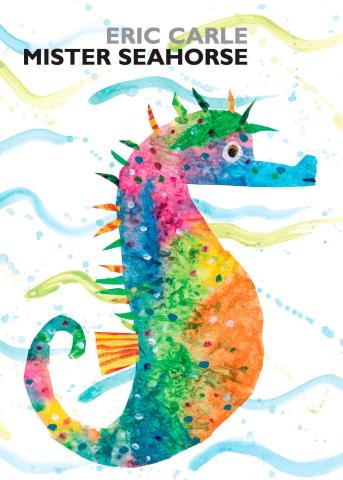- The BOOK SHOP shared reading series for Kindergarten “Let’s Sing About It” is a great resource for moving, reading and singing. It has shared reading lessons and writing activities, CD’s, and big books/charts already prepared to use. After introducing the text and going through a variety of the lessons, students are ready to explore movement. Some of the ones that work best are: “The Monster Stomp” by John Perry, ISBN 1-59034-925-3; “A Mouse Snack” by Frank Piazza and Mark Vineis, ISBN 1-59034-927-X; and “Walking in the Woods” by J.J. Jones and Mark Vineis, ISBN 1-59034-928-8.
- Music Builders Kindergarten ISBN 0-7702-1900-4 and Music Builders I ISBN 0-7702-1905-5 have excellent music and movement resources. They come with CDs and lesson plans for creative movement.
Prerequisite Knowledge
Students will need to listen and work in a space together as a group for movement activities.
Focus
These mini lessons integrate stories/language and songs into the kindergarten or grade one curriculum. Students will explore creative movement ideas based on these stories and song.
Materials and Resources
- Story books, music – see list in the lesson plans
- A large carpeted space in the kindergarten classroom or grade one classroom works best for these pieces.
Special Notes
Books may be substituted to fit the classroom curriculum. These are simply ideas and books to start integrating creative movement into the class.





